|
For a student only beginning to discover new injury prevention concepts, finding something easy to relate to is an important first step. For example, the potential negative impacts of a hazard could be easily associated with the functioning of our five senses. In this way, the student can nurture a basic understanding of injury prevention. "What can I see, hear, smell, taste, and touch that might be effected by hazards in my environment?".
This is why our "Hearing Protection Training" is placed among the four foundational courses in the "Career Safety Education" series, to be taken before any other industry specific safety courses. Because, why would we train for specific hazardous environments before we have learned to protect our five senses in everyday environments?
With K+S Potash Canada committing to support Hearing Protection Training, we took a trip out to K+S Potash Canada's Bethune Potash Mine Site to get a sense of how they put hearing protection concepts into practice at their cutting edge facility. As we learned, no effort is spared during their quest to create a safe & healthy workplace.
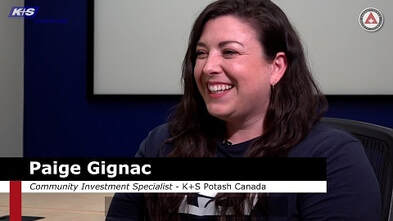 Page Gignac represents K+S Potash Canada as they support community efforts Page Gignac represents K+S Potash Canada as they support community efforts
Paige Gignac is a Community Investment Specialist for K+S Potash Canada, as well as the host of our site tour of the Bethune Potash Mine. We learned that at K+S, safety doesn't end at the workplace.
"Its really important that our employees are safe at work, so they can go home to their friends and families, and really participate in the growth of their own communities, ultimately making the community safer for everyone." 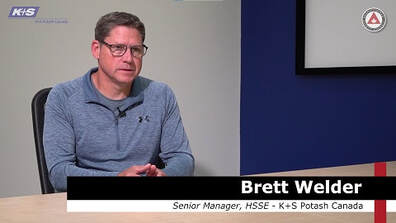 Brett Welder shared his experience with prior safety training, and how that eases the onboarding process when taking on new workers. Brett Welder shared his experience with prior safety training, and how that eases the onboarding process when taking on new workers.
Brett Welder is a Senior Manager in HSSE at K+S Potash Canada. "That Basic Knowledge just gives us something to build upon." he said about new workers who have taken the SSC's Hearing Protection Training. Brett told us that "It does give them the basic backgrounds when you are introducing topics like hazard awareness, hazard recognition, PPE, things like that. They already have that base knowledge, so you don't have to start from scratch."
For sponsoring youth injury prevention programs such as hearing protection, we thank K+S Potash Canada for all they do. Leaders like Paige and Brett promote the use of Career Safety Education and leverage the programs as part of their onboarding process, thereby ensuring new workers enter their chosen industries with foundational safety knowledge.
What does injury prevention mean to your organization? Learn more about sponsorship below:
The Saskatchewan Safety Council Hearing Protection course reveals that noise is, in fact, a controllable hazard with the proper training and safety measures in place. By understanding how to control it, and protect yourself, you will significantly decrease your risk of injury and hearing loss.
Register Here for Free Training Mental Health Wellness Resiliency - The Council's Foray into the World of Inflicted Injuries8/31/2023
Historically shrouded in various stigmas and often received with discomfort and hesitancy, "Mental Health" has transitioned from being a term used only in the complex world of psychology and healthcare to a more prominent everyday topic of conversation.
As a result of more frequent exposure, healthy discussions pertaining to one's mental well-being are slowly becoming more common in Saskatchewan, especially in relationship to health and safety in the workplace. Access Training: https://www.sasksafety.org/online.html
As is the case with any trending topic, public awareness campaigns from large corporations and countless social media strategists have arrived to capitalize on the wave of attention. And while the arrival of mental health awareness is of course a good thing, how will caregivers, educators, and employers wade through the masses of testimonies, advice, and related solutions?
The Council proposes, after expert consultation, research, and development, that the skill of resiliency is the critical first step in developing a mental health foundation. Resiliency in this context means the ability to recover quickly, respond to challenges, and maintain poise through the hardest of times. Building the skill of resiliency is what we seek to inspire with the “Mental Health Wellness Resiliency” course.
This new course seeks to inspire resiliency in it’s participants by examining the perspectives of different people who have found ways to focus on healing that ultimately builds resiliency. Hosted by award winning author, speaker, and mental health expert Allan Kehler, and featuring Saskatchewan residents who share their stories, struggles, and healing journey, the Council’s content specialists combine digital graphic arts, interviews, statistics, and hosted lectures to develop an immersive and engaging learning experience.
It is an introduction to a broad topic, to start our minds on a journey of understanding what it means to be mentally healthy.
Along the way, learners are given numerous challenges to work into their daily routines that will further strengthen their health and ability to withstand the pressures of the everyday world.
This learning program has been led by Saskatoon’s Allan Kehler. Allan is one of Canada’s most sought-after experts when it comes to the topic of mental health and wellness. He has stood on more than 500 stages and is the bestselling author of four books.
Together with Allan, two subjects share their personal stories, struggles, triumphs and defeats on their journey in becoming mentally healthy. 
Jaxon, aged 17, has grown up in the Kenaston, SK area his entire life. After experiencing struggles in dealing with anger, isolation, and depression, Jaxon made the decision to reach out for help. Now, Jaxon employs various healthy strategies in understanding himself and those around him.

After suffering from domestic violence in an abusive relationship, Kayleigh made the bold decision to leave her old life behind. Sharing cultural teachings passed down to her, paired with other healthy tactics she has learned along the way, we learn how a self-discovery and self-improvement journey is never over.
It's time that Mental Health training smashed through the buzzwords. “Mental Health Wellness Resiliency” features real Saskatchewan stories, from real Saskatchewan people. Breaking down real problems, and discovering real solutions. Resiliency is what we seek to inspire.
Access Training: https://www.sasksafety.org/online.html Is charitable community injury prevention something your organization values? Consider sponsoring the Council as we create free resources to combat preventable injuries in Saskatchewan: https://www.sasksafety.org/sponsorship-support-levels.html
What is the “Retail” Industry? Retail is considered the public facing element of the all-encompassing world of goods and services, specifically defined as the “sale of goods to the public in relatively small quantities for use or consumption”(Oxford dictionary). As you can imagine, many large and small businesses in Saskatchewan fit this description.
Access Free Training: https://www.sasksafety.org/online.html
Naturally, such businesses employ many new workers of all ages, with many high-school aged youth choosing the retail industry as their entry point into the workforce. New Canadians, people with special needs, retired workers, and experienced workers with expertise in other industries are also prevalent in the retail environment. Overall, approximately 11.5% of the Canadian workforce finds employment in the retail industry.
Because these environments seem familiar to many, and since the public often shares space with employees, there are misconceptions that these workplaces are perfectly safe, injury-free zones. But this is not true, many hazards exist that endanger retail workers. Various ergonomic difficulties, dangerous air quality and materials, exposure to chemicals, and extreme temperatures can be present in these wide-ranging environments.
The most common injuries in Saskatchewan retail environments occur to the hands, back, and legs, most notably from sprains, strains, and cuts, as well as slips, trips, and falls. Some lesser known dangers of the retail industry include hazards of a more personal type, such as violent attacks and other psychological stressors which are present for those in positions that regularly deal with customers and the public.
These are preventable injuries and controllable hazards. Proper training and supervision are critical in preventing these injuries which affect some of the most vulnerable workers in Saskatchewan. Thankfully, completely free injury prevention training now exists for new workers in the retail industry.
The “Retail Safety Training” course is designed to efficiently provide safety orientations to those who are new to retail work in Saskatchewan. Providing necessary information to help retail workers make safe choices, this 50-minute concise training course features wide-ranging online accessibility and only a brief time commitment from the participant. As a result, it can easily be integrated into a new employee on-boarding process.
Topics include:
By introducing new workers to potential workplace hazards and the appropriate controls, long before they enter a retail workplace, a foundation of safe thinking is built. This will help orient them to the dangers of their work environment.
The Council and its free programs are supported by the following multi-year organizational sponsors: CAA Saskatchewan; Crescent Point Energy; Heavy Construction Safety Association of Saskatchewan; K + S Potash; Meridian Surveys; Saskatchewan Association for Safe Workplaces in Health; Saskatchewan Common Ground Alliance; Saskatchewan Construction Safety Association; SaskEnergy; and WorkSafe Saskatchewan. Thanks to sponsors and volunteers, the fourth annual Cade Sprackman Safety Day took place at Hudson Bay Community School on May 30th, 2023, organized by Saskatchewan Safety Council. The entire K–12 school engaged to learn about injury prevention and honour Cade. Cade Sprackman grew up in Hudson Bay, SK, with his sister, two brothers, and loving parents. Cade had a driven love and passion for arts and cinema. He aspired to be a cinema director one day, after completing post-secondary education. On January 27th, 2015, only 3 weeks into a new job, Cade was involved in a workplace incident and was killed. He was only 18 years old. “People would share stories with me that he could light up a room and make everyone smile. As a young adult when he moved to Saskatoon, he couldn’t wait to get into the city and start his life. He was 18 years old and killed at the worksite”. “I will never forget the night the RCMP came to the door with the news that Cade had died. All they could tell me was that it was an industrial accident that had happened at work. They knew no details”. - Michelle Sprackman, Cade’s Mother To kick things off the day of, Aleece Anderson, currently an educator at Hudson Bay Community School shared a few words. As a close friend, who grew up with Cade, she shared how losing a close friend can impact your life, and why it is important to take safety seriously while on the job. Her story was followed by comments made by four attending representatives from Weyerhaueser Company Limited. After presentations, all attending youth participated in an Amazing Safety Quest, a non-timed, station-based obstacle course. The goal of this highly interactive educational activity is to, on a topic-by-topic basis, inform young and new workers of the extreme importance of workplace safety. Participants watched demonstrations and took part in activities where they learned about agriculture safety; ATV safety; Powered Mobile Equipment safety; trades and industry specific safety (fall arrest, construction, power tool awareness, PPE safety); water safety; hazard recognition; mining and forestry safety; electrical safety; CPR; AEDs and the hazardous affects of distraction. The safety demonstration stations were run by volunteers, many of whom attended to represent local area businesses. The event was participated in by:
To capture the event, CTV Yorkton shared an excellent article on why the Cade Sprackman Safety Day event takes place and why more should take place across Saskatchewan. Local Hudson Bay newspaper, the Junction Review also featured the event, sharing that the event was deemed a success. Amanda Wood, Community Relations Coordinator with the Saskatchewan Safety Council shares her thoughts, “This event is near and dear to my heart. Working closely with the staff at Hudson Bay Community School and the Spackman’s. When we plan this event each year, the community comes together to make sure the event is a huge success. This year, we had new experiences for the students to engage in. Something new to try and learn and be informed of the safety measures for a variety of different industries. Safety is important in any workplace, even in our everyday lives, safety must be a top priority. The feedback received by the students and educators was outstanding, being quoted the best one yet! Students were engaged and enjoyed the hands-on activities throughout the event. I’d like to thank the volunteers, educators, local businesses, and organizations who travelled to be a part of the event. It truly does take the support and expertise of everyone coming together to create a province of safety excellence! A tragic incident took place, we lost the life of a young man who had the whole world ahead of him. Saskatchewan Safety Council is proud to honour Cade, share his story and continue to advocate for our young and new workers to prepare them for a successful and safe working career. Thank you to Michelle and Jerry Sprackman for continuing to support our mission and being advocates for the Career Safety Education program!” An Amazing Safety Quest can be planned in any community, school or workplace in Saskatchewan. Are you looking for a fun way to incorporate safety-related activities at your next?
Learn more here: https://www.sasksafety.org/amazing-safety-quest.html. Note: In the weeks leading up to this event, participating high school students in Hudson Bay also completed Career Safety Education – A free series of online safety courses designed to develop awareness, attitudes, and habits that result in a culture of safety that prevents injuries both at home and in the workplace. This, combined with the Amazing Safety Quest, will surely result in the community of Hudson Bay and surrounding area having a future workforce that places great emphasis on the importance of working safely.  Rory McCusker, New Media Specialist Rory McCusker, New Media Specialist
Do you remember your first job?
I certainly do. I was 14 years old, starting work at a small commercial kitchen in my local curling club. The job was challenging, frustrating, and completely different from anything I had experienced. I remember every painful mistake during those first few days on the job. Looking back 16 years later, I can only smile and be thankful. Why? Because like many people in Saskatchewan, I credit that first job with teaching invaluable lessons that would stick with me forever.
Even my most nervous feelings at the time have now morphed into a blissful memory. I certainly remember how proud my parents were to see me earn money, build my personality, and adopt a keen interest in a tradable skill.
If you ask an experienced worker or elder in your community, “what was your first job?” I know that you will hear some treasured stories just like mine. How do I know this? Because that’s exactly what we did. Our content team asked dozens of people in Saskatchewan all about their first jobs.
We learned that first jobs have changed over time, and so have the training and safety practices… Along with minimum wage! We learned that basic training was not always a guarantee, and that injury prevention has not always been a priority.
But what does remain the same across the many generations of people we talked to, is this strong memory of a treasured personal journey. Experiencing those nerves and feeling that doubt. Only to conquer these feelings, emerging from the challenge a more confident, purposeful, and complete person. This common sentiment is written in capital letters across the glowing faces of those we asked about their first jobs.
I hope everyone in this province can experience something like I did in my first job. Like me, I hope new workers can regard their first jobs as a time they grew exponentially as a person. But sadly, this is not always the case. New workers at any age, in any industry, are at a much higher risk for workplace injury. Tragically, because of this, for some, their first job is also their last one.
Now, imagine living in a province where parents, teachers, elders, and friends are confident sending new workers into the wide world of employment, knowing that everyone in that workplace has already been trained in injury prevention. Imagine living in a province where new workers will learn how to make their own way, experiencing challenges and overcoming obstacles, absorbing lessons that will stick with them their entire life, all while being supported with training and orientation that will greatly reduce their risk of injury.
At the Saskatchewan Safety Council, we know that Saskatchewan can, and will be, a province of safety excellence. We believe that new workers deserve to experience all the ups and downs, challenges and obstacles, all while keeping themselves and others free from injury, and of course, all while forming treasured memories. With our commitment to embedding injury prevention content in public school curriculums, and by providing Career Safety Education Trainingfor FREE to anyone in the province, regardless of age, experience, or geographical location, we can be confident that new workers will start their employment journey with a much lower risk of injury.
Will you support this mission to create a province of safety excellence? Will you share this online training with your school, workplace, and community? If you believe in this mission of injury prevention for all, please consider subscribing to our content channels or volunteering with us.
As always, we thank you for reading, viewing, sharing, and for working together to create a province of safety excellence.
For a new worker in Saskatchewan, the first days of employment can feel overwhelming.
Though a new career is often a positive experience, those first days can be considered challenging, confusing, or even downright frightening for some. This might be because many new workers feel pressure as they are eager to contribute, be seen as useful, and sense belonging. For these new workers who are enthusiastically looking to prove themselves on their first days, valuable safety information could be missed, as they may often be distracted by trying their best to ‘fit in’ or ‘look the part’.
It is understandable for anyone working in a new professional setting for the first time to deal with fears involving doing the job incorrectly, fitting in socially, or having trouble understanding terms and concepts as they relate to their new work environment. Even for an experienced worker who is now comfortable at their job, learning a new task or responsibility can excite these same feelings. In other words, the prevailing fear that comes with starting a new job might be simply called the ‘jitters’, a fear of ‘messing up’, or ‘letting co-workers down’.
These strong feelings are common and to be expected as new workers begin their jobs in Saskatchewan. However, the significance of these realities is great. New workers struggling with these distractions are at higher risk of missing important training on safe practices, new environments, or dangerous equipment. These distracted, fearful attitudes lend themselves to terrible outcomes, as preventable workplace injuries and fatalities continue to happen to those who are not properly oriented to their new environment.
New workers will have enough personal stress to focus on during their first days on the job, which is why providing safety training early, at the first opportunity, or even prior to starting a new job is not only helpful, but also necessary. Such an early education helps form a foundation of safe thinking that reduces the likelihood of a preventable workplace injury, or worse.
The Saskatchewan Safety Council recognizes that for young people anxious to begin their career in Saskatchewan, a gap in training exists between leaving the education system and entering the workforces. This is why the Council has worked together with several other industry partners to provide a solution. That solution is called Career Safety Education.
“Career Safety Education”, is a completely free online series of workplace safety training programs that build a foundation of knowledge for any new worker by increasing the participants' awareness of hazards and providing a baseline understanding of how to manage the risks present in a broad variety of industries. Career Safety Education continues to grow, as more Saskatchewan organizations recognize and support this program.
As an Employer, recognizing an applicant or a new hire that has completed Career Safety Education is an indication of the value placed on having new workers who have committed themselves to learning safe practices.
As an Educator, encouraging students to participate in Career Safety Education so that they may make a safe transition and entry to the workforce shows that appreciation for this critical stage in a young person's life. As a Parent, recommending Career Safety Education is a clear indicator that safety and awareness are paramount as youth explore possible career paths. Business can show support for the program by becoming a sponsor and advocating for its use.
As Career Safety Education improves and expands, Saskatchewan communities can rest assured knowing quality resources have been put forward to ensure new workers have the resources they need to begin their careers safely.
Explore Career Safety Education: https://www.sasksafety.org/career-safety-education.html Consider Sponsoring the Saskatchewan Safey Council: https://www.sasksafety.org/sponsorship-support-levels.html 50 years. Half a century. In an old fashioned place like Saskatchewan, half a century can mean the difference between riding into town on a school bus... Or horseback. Things were different back then… Much different. For those who lived and worked here, the world around them was rife with hazardous environments. With a stubbornly deficient focus on injury prevention, and little awareness or action on the part of leadership, the world was a dangerous place. Injury statistics were not getting better. They were getting worse. For example, seatbelts were not yet mandatory on Saskatchewan roads. Dangerous industries like mining, agriculture, and construction claimed many, many lives each year; with serious injuries occurring at a much greater frequency. Most significant of all, major employers and large companies in the province were doing little to give back to these communities that they served. The province needed a breakthrough. Saskatchewan needed its industry leaders to stand up and make a difference. In 1974, led by the Saskatchewan Safety Council, a collection of prominent Saskatchewan professionals hailing from multiple backgrounds and disciplines first came together in the name of injury prevention. No law or mandate required them to consolidate, and they were not coerced nor commanded to assemble by their employers. Under a banner reading “Let’s Unite for Safety”, these respected leaders gathered by choice, to embark together on a mission to reduce injuries, save lives, and most importantly, enrich the province and community in which they work, live, and raise their families. Now, the enduring legacy of that very first gathering has culminated in this – The Saskatchewan Safety Seminar, the beating heart of injury prevention in Saskatchewan. A momentous three-day seminar, a paramount gathering of professionals, featuring a thrilling combination of face-to-face networking, professional development, and decision-making opportunities. A 50-year long commitment to one’s self and environment reverberates through the hundreds of professionals who right here, right now, in 2023, make the same choice - that they are better than due diligence, that their best practice lies far beyond the minimum requirement, and most importantly, that the connection between their life’s work and the community that they build, protect, and thrive in, is a responsibility that must be shared by all those who broker influence in Saskatchewan. Live and in-person for the first time since 2020, the 50th Saskatchewan Safety Seminar welcomed some of the world's best in injury prevention. Featuring the most esteemed professionals in safety, and hosting delegates representing nearly every industry in the province, the 50th Seminar left attendees with an inspiring, contagious energy. Every attendee was rewarded with the tools and inspiration to return back to their homes, eager to share the favourite lessons, reducing injuries and promoting healthy lifestyles in their workplace, community, and world around them. The 50th Saskatchewan Safety Seminar was everything we missed about live events. Over 700 delegates attended 3 days of action, with 70 tradeshow booths thrilled to interact and showcase, 22 breakout sessions jam packed with practical delivered wisdom, and of course, 4 incredible keynote speakers, capturing the imagination of the room in the palm of their hand. The buzz and anticipation of a full auditorium, the centuries-old chaos of a packed tradeshow market, and the rich, academic aura of expert-led breakout sessions once again returned to Saskatoon, SK, and not a moment too soon. Seminar is back, and it’s bigger and better than ever. This cascading buzz from the 50th Saskatchewan Safety Seminar keeps on rolling into spring, throughout summer, and onwards into next winter. Where, once again, we will gather, share, learn, and unite for safety.
Sponsors of the 50th Saskatchewan Safety Seminar: Armour Safety Bunge North America CANSAFE City of Regina Consumers Co-operative Refineries Crescent Point Energy Corp. DLS Safety Services Evraz North America FWS Group of Companies K+S Potash Canada Kelly Panteluk Construction MLT Aikins Mosaic Company One Stop Services Orano Canada PCL Construction Management PTI Transformers Inc. Saskatchewan Research Council SaskPower Sasktel SGI University of Fredericton Westmoreland Mining Worksafe Saskatchewan Where will you be in 2024? The time is now to explore the 51st Saskatchewan Safety Seminar: https://www.sasksafety.org/saskatchewan-safety-seminar.html Feel the energy of an in-person Safety Event. Explore our professional development days, featuring some of seminar’s most popular speakers: https://www.sasksafety.org/professional_development_days.html Glad to have supported community injury prevention in Saskatchewan? Consider becoming a Member or Sponsor of the Saskatchewan Safety Council: https://www.sasksafety.org/support-us.html Free training and resources are made available thanks to contributions from our Donors, Members and Sponsors that believe in our shared goal of creating a province of safety excellence. Donate today at: www.sasksafety.org/donate - charitable registration number: 11914-0382-RR
What steps are you taking to ensure the health and safety of those working with you in your operation this harvest season? - In the video below, John Agioritis, partner at MLT Akins in Saskatoon, shares a safety message and story of a farm in Saskatchewan that was fined $80,000 after a worker was fatally injured.
MLT Aikins LLP - Western Canada’s Law Firm - is a full-service law firm of more than 250 lawyers with a deep commitment to Western Canada and an understanding of this market’s unique legal and business landscapes.
Aerial Work Platforms are an extremely useful tool for any construction/industrial worksite. They allow workers to gain access to areas without the use of the deadly ladder. They are very smooth to operate and usually allow more than one worker to operate within them. With the right training and practice, they are the cat’s meow. In training, you learn one of the most dangerous actions when operating them is moving, repositioning, or travelling with them (Driving). Due to the design, what may look like a bit of a bump for the machine, turns into a massive bump for whomever may be within or on them. Utilizing fall protection equipment that RESTRAINS a worker within the platform is essential. This includes the use of a fall protection harness, a short lanyard, and a complete connection to the anchor point on the lift. In this case... there was obviously not so much of a complete connection. Does your operation work at heights? Do your employees know how to inspect a fall protection set up to ensure its proper operation? Our fall protection courses range from entry level to supervisor and inspector level training. By training with us, you support injury prevention efforts across Saskatchewan.
Why are so many Saskatchewan workers being hurt due to falls? Workers are receiving fall protection training, but injury statistics are not improving. A common factor in these workplace injuries is a lack of competent supervision. But why would we need competent supervisor training for fall protection? Is fall protection really that complicated?
Well, what are the first things that come to mind? Systems like harnesses, lanyards, ropes, and other equipment seem like the right answer. Supervisors working in fall protection may take the obvious safety precautions, like suggesting PPE for their crew. But can they answer why the equipment is being used, and the particulars around how? Any worker can follow a rule. But do they understand why that rule is in place? A competent supervisor is one that not only recognizes what equipment is necessary, but can also demystify for their crew why the sometimes complicated fall protection systems are needed. Without competent supervision, an employee’s training may fade over time. Bad habits can develop, jeopardizing the entire crew’s safety. A competent supervisor has the knowledge and skills to understand how bad habits can be turned into training opportunities. Industries that require fall protection training are at high risk of injuries. More than following rules, the legislation that is in place needs to be thoroughly understood. A Competent Supervisor will effectively share that understanding with those working under them. After all, how expensive is the cost of training compared to the cost of a workplace incident? Learn more and register for Competent Supervisor training: https://www.sasksafety.org/fall-protection-competent-supervisor.html Have you ever wondered why small and medium sized businesses in Saskatchewan get charged or fined for Occupational Health and Safety violations? Certified Health and Safety Consultant & Member of the Saskatchewan Safety Council Board of Directors, Jeff Peters, found that over half of the companies involved in summary convictions pertaining to occupational health and safety in Saskatchewan were in violation of clause 12 – meaning that the requirements for adequate information, instruction, training, and supervision had not been met. Simply put, the companies in question did not have a safety program. If you ask ten employees the same safety question, will you get ten different answers in return?
When it comes to workplace safety protocol, relying on 'common sense' can only result in common injuries. As Jeff describes, your safety protocol must be rooted in a documented program. "A new employee shows up at your business... What do you tell them? And what do you tell everybody with consistency so you can actually say 'I do have a program'? By having a program, you address all of the (training) requirements, you document it, and you deliver it." Safety programs serve as more than just legal checklists for small and medium sized business owners. A developed safety program allows businesses to document and deliver consistent training to their employees, while keeping the busienss safe, organized, and penalty free. Want to learn more about safety programs in Saskatchewan? Watch part two here. Ready to improve your safety program? Learn about consulting services here. For many people, the phrase “Ground Disturbance” conjures up images of big equipment turning up dirt to build roads or other infrastructure. This is indeed the case; this type of heavy construction recognizably engages in ground disturbance operations. However, many other residential and civil construction projects regularly deal with underground facilities. This means that ground disturbance concepts extend to many popular trades outside of heavy construction. Landscaping, residential projects, other construction fields, and the agriculture industry all actively require awareness of ground disturbance operations. The Saskatchewan Safety Council is proud to announce the latest addition to the Career Safety Education program - “Ground Disturbance for Saskatchewan Workers,” a completely free course aimed at young workers in the province seeking to enter these common trades that deal with disturbing the earth’s surface. Three organizations – The Saskatchewan Common Ground Alliance, Heavy Construction Safety Association of Saskatchewan, and the Saskatchewan Safety Council have collaborated to produce this training course on Ground Disturbance. Course material covers concepts that are directly applicable to ground disturbance operations while also including generalized concepts designed to build a young worker’s awareness in many other fields that work in soil or alongside utility infrastructure. The main objective of the course is to teach students how to properly identify underground facilities while also providing information to help students maintain safe practices when dealing with soil. “New and young workers often find some of their first jobs in sectors that deal with ground disturbance concerns. Every year, we hear statistics of people being injured and sometimes killed in this line of work, but these are not statistics, they are our friends, neighbours, nieces, nephews, and children. Through this multi-agency collaboration and the financial support of the SCGA, we can make sure that every person who needs to take ground disturbance training to learn about the hazards and risks in their work, can do so without barriers.” - Ryan Jacobson, CEO, Saskatchewan Safety Council For employers in industries that frequently engage in ground disturbance operations, a young employee who has taken Ground Disturbance Training will be much better oriented to receive onboarding training than an employee who has not. Many employers in these common industries will recognize the important concepts that the course will introduce. These ground disturbance concepts include Identification of worksite equipment, designation of colour-coded flags and markers, the influence of differing soil types, hazard identification, proper reporting procedures, emergency preparedness, and other relevant subjects as it pertains to ground disturbance. These subjects were developed in consultation with the Heavy Construction Safety Association of Saskatchewan, a non-profit safety association dedicated to promoting the arts and science of safety to the “R” code employers & their employees in order to try to reduce incidents & accidents that result in injury & property damage. “As we see younger employees entering our industry constantly, this is a fantastic opportunity to build that safety skill mentality right as they start their careers.” says Natalya Uchacz, Safety Program Consultant, of the HCSAS. A key objective when developing the course was to ensure the highest possible accessibility and affordability to the public. To address accessibility, “Ground Disturbance for Saskatchewan Workers” will be provided online available to anyone with an email address, and it is free. Certificates of completion are provided, rewarding students of the program with a lifelong token of their valuable knowledge and experience gained. This certificate gives a valuable reference for the students completing the program as they apply for work in the relevant industries. The Saskatchewan Common Ground Alliance (SCGA) develops and promotes “effective damage prevention practices” when dealing with underground facilities, believing in a collective approach to damage prevention and worker safety in the province. Developers of “Sask 1st Call”, the SCGA passionately supports the Ground Disturbance training initiative as a preventative measure in the fight against property loss and workplace injury in the field. “The cost to the economy of these incidents is significant, but more importantly, there is also a risk of injury and even death from events that are most often entirely preventable,” said Derrick Mann, SCGA President. Developing safety habits when one is young “produces a lifetime of benefits” says Mann, believing a graduate of the program may become a future role model to champion safe behavior.
Collaborative efforts such as this address the needs of Saskatchewan people. This exciting initiative is one more example of how the Saskatchewan Safety Council, Saskatchewan Common Ground Alliance, and the Heavy Construction Safety Association of Saskatchewan are working together to create a province of safety excellence. The course was officially launched on July 15th 2021, at a public event hosted by Wappel Construction at a jobsite in Northeast Regina. |
Archives
November 2023
Categories
All
|
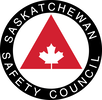
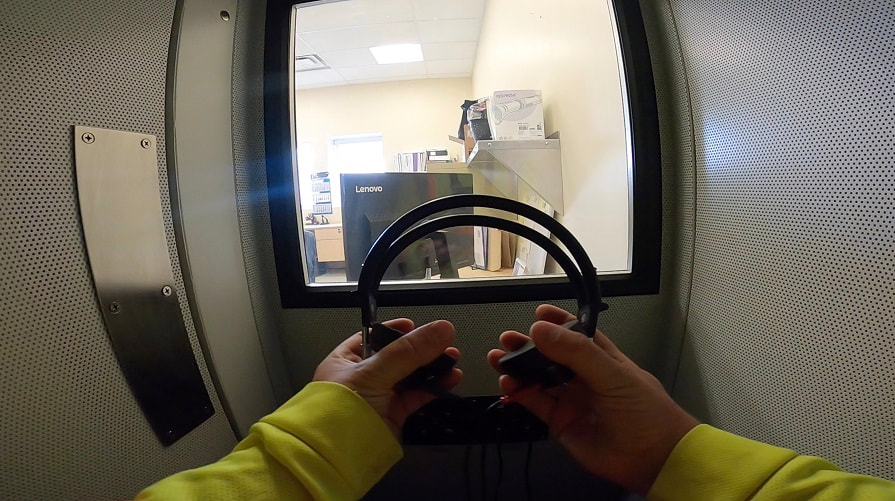
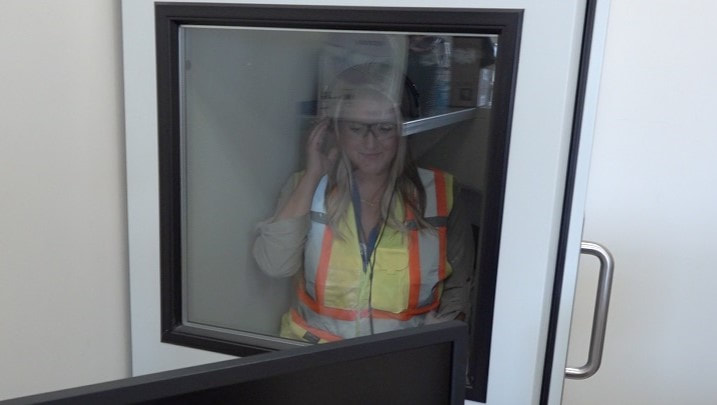
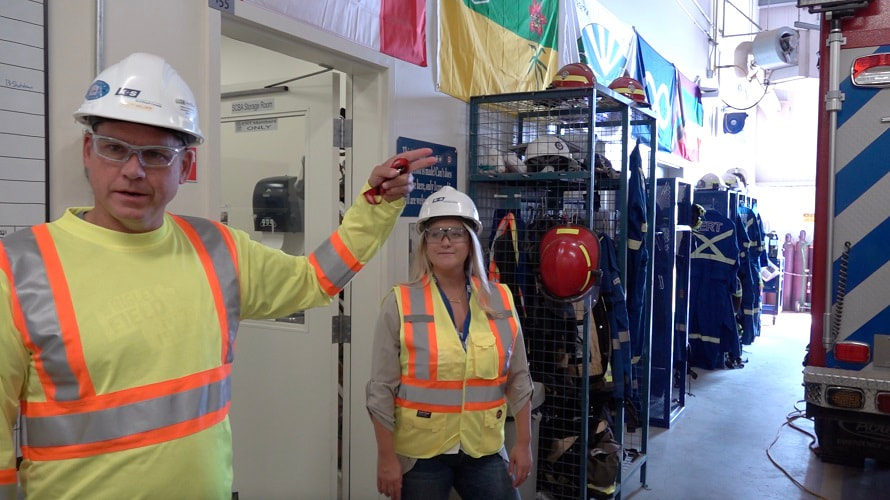
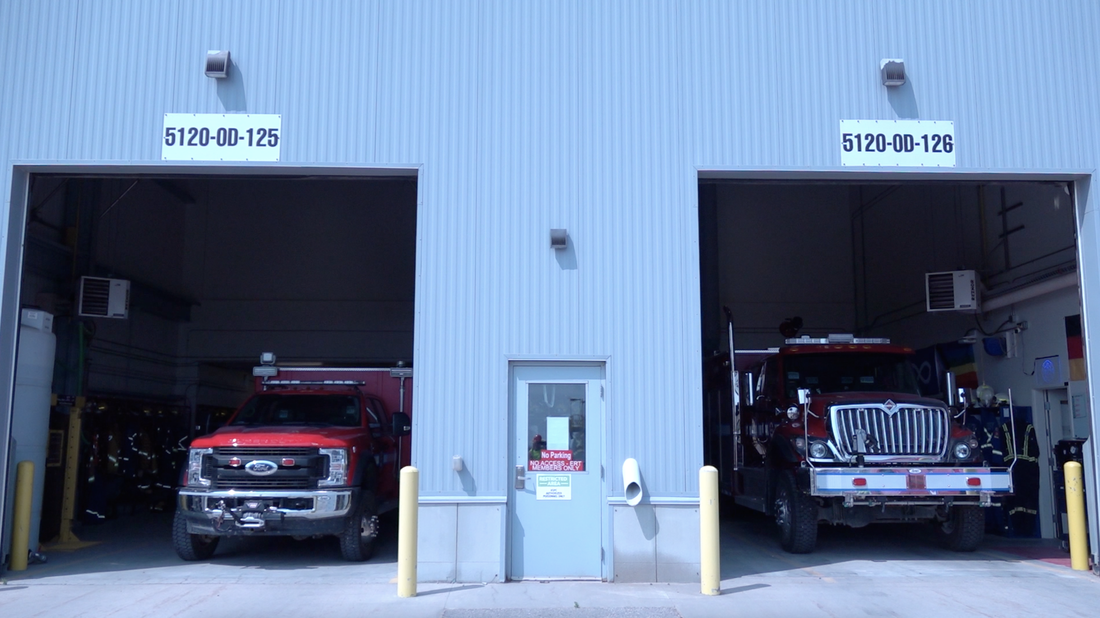
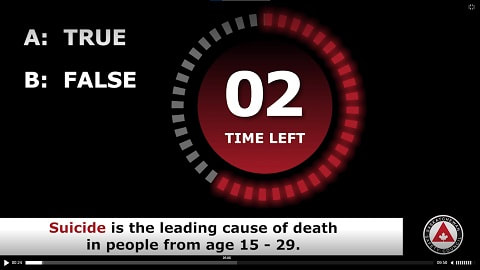





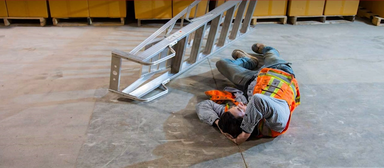
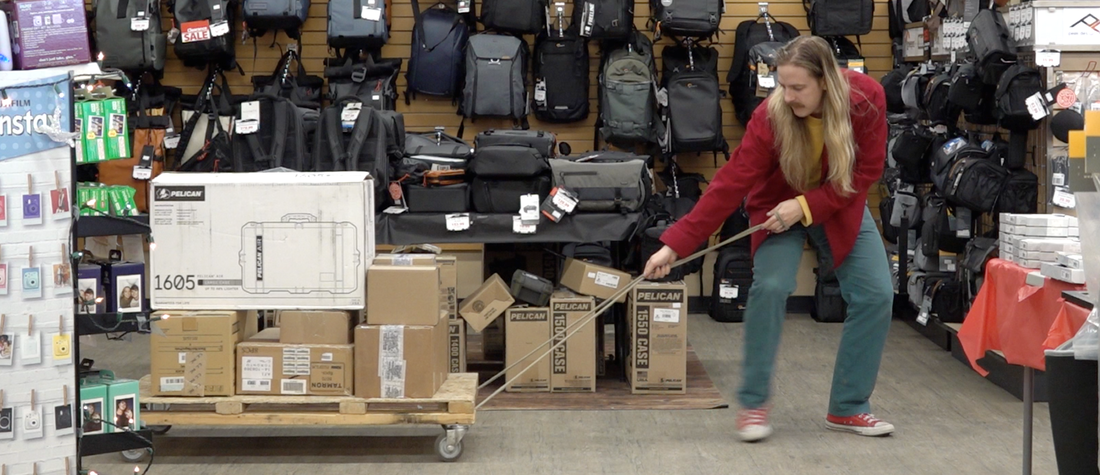
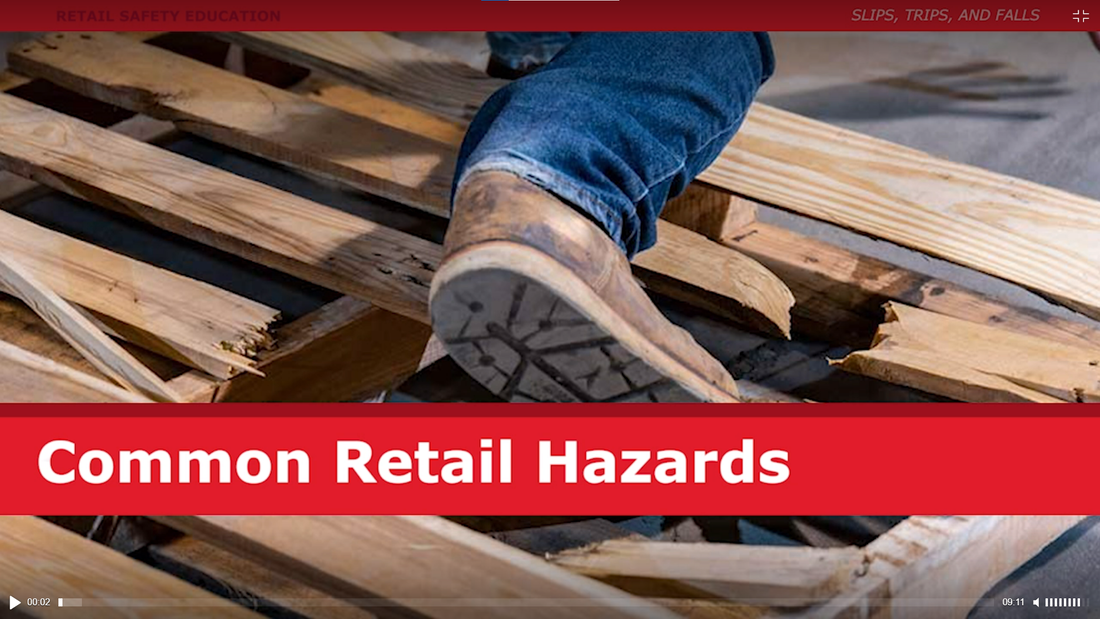

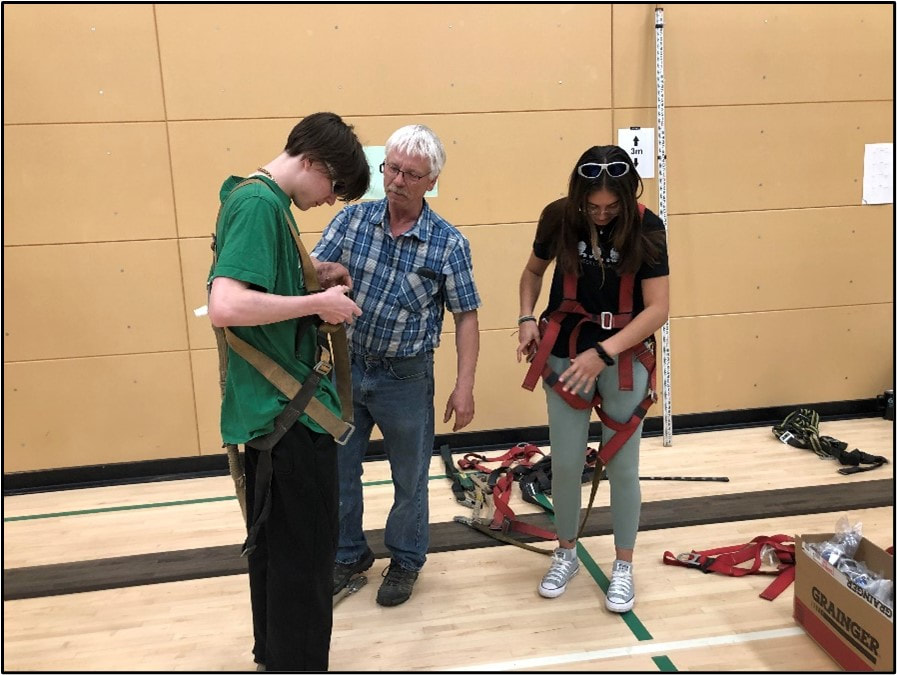

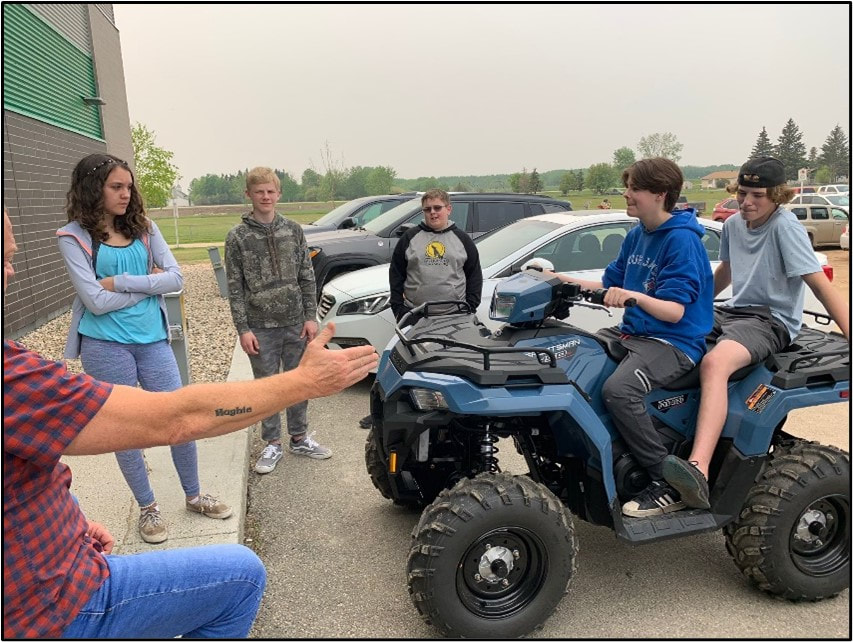
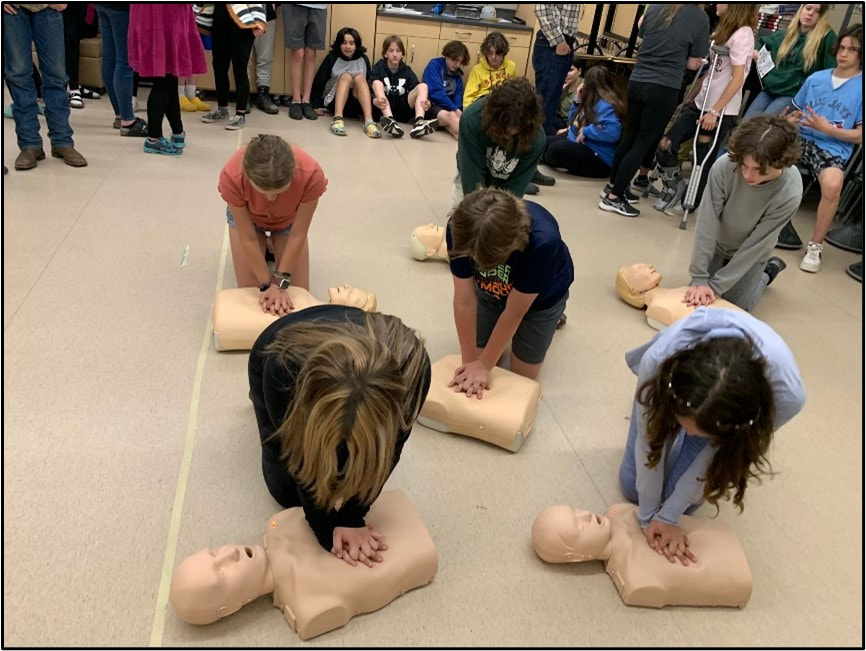
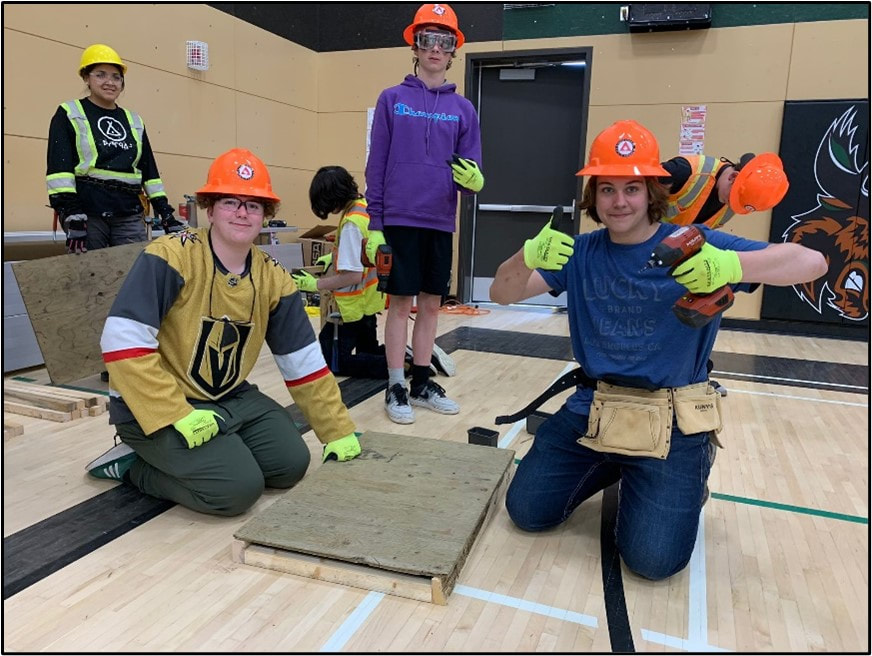
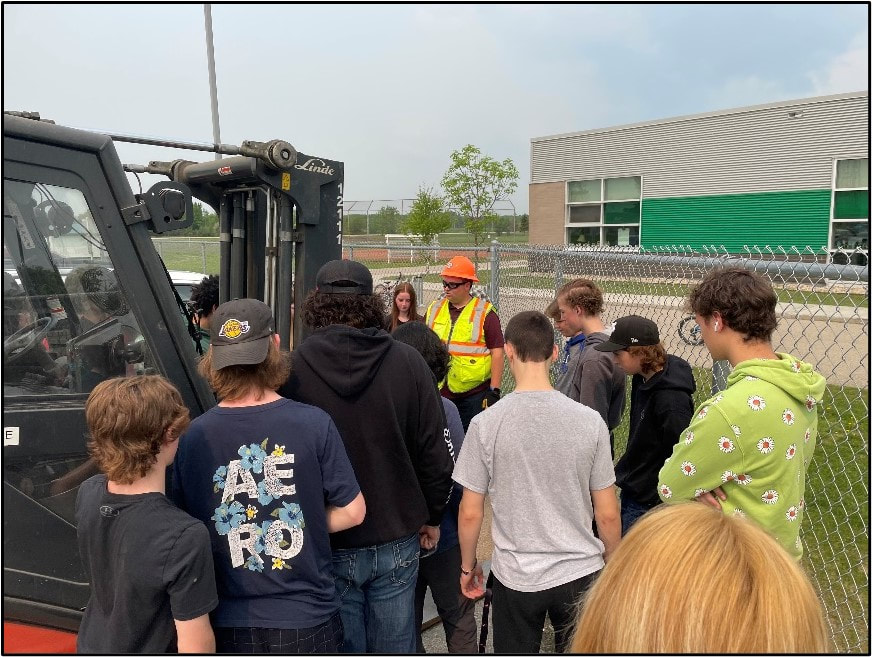
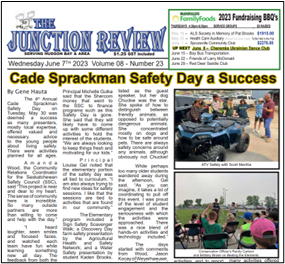
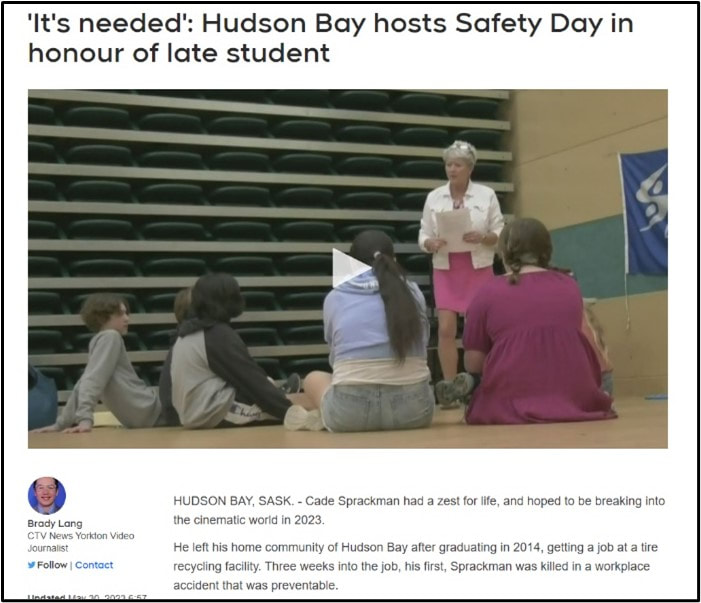

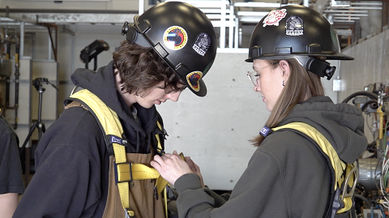
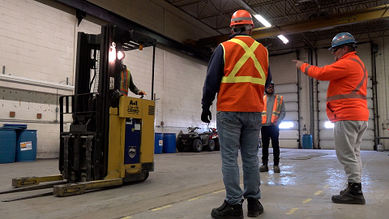
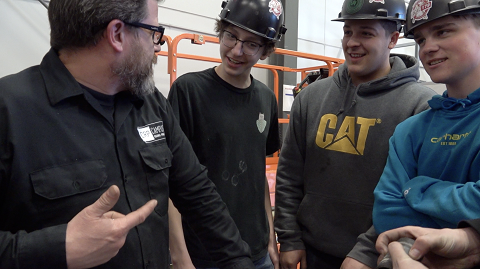
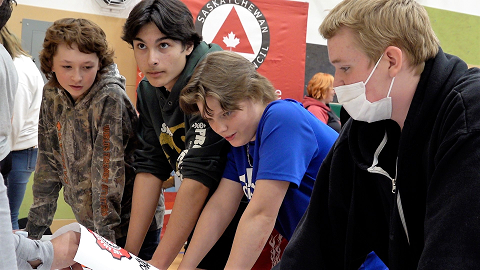
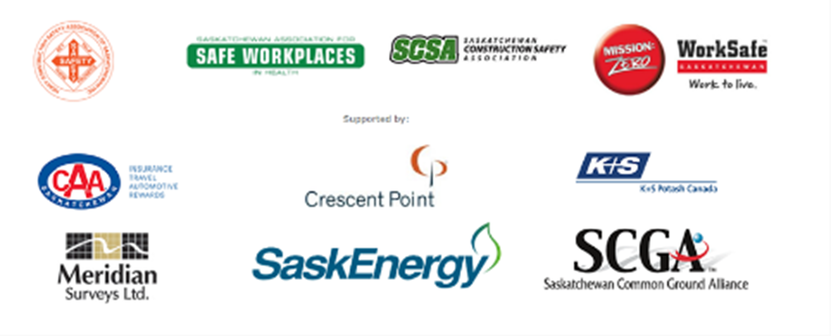
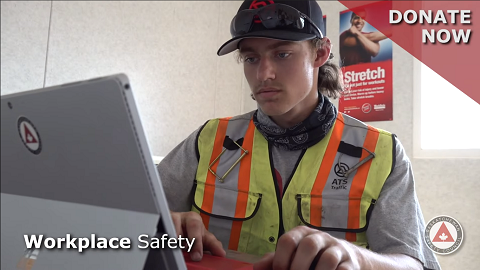
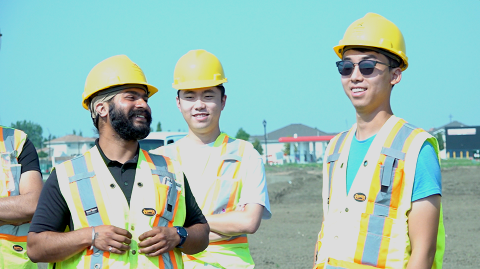
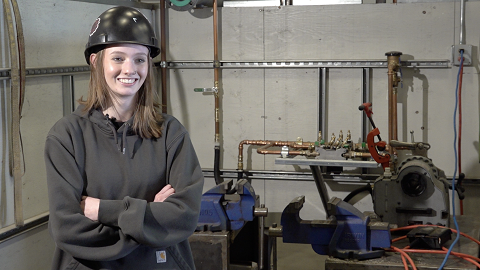


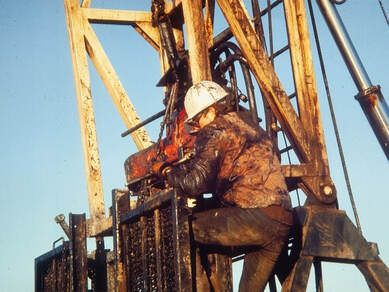
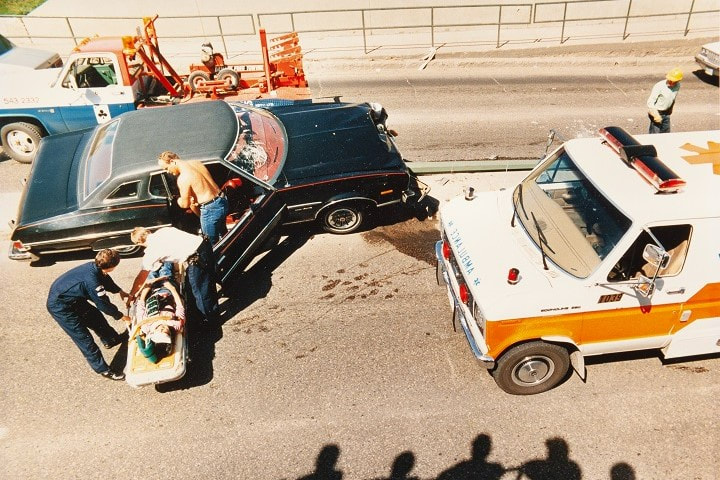

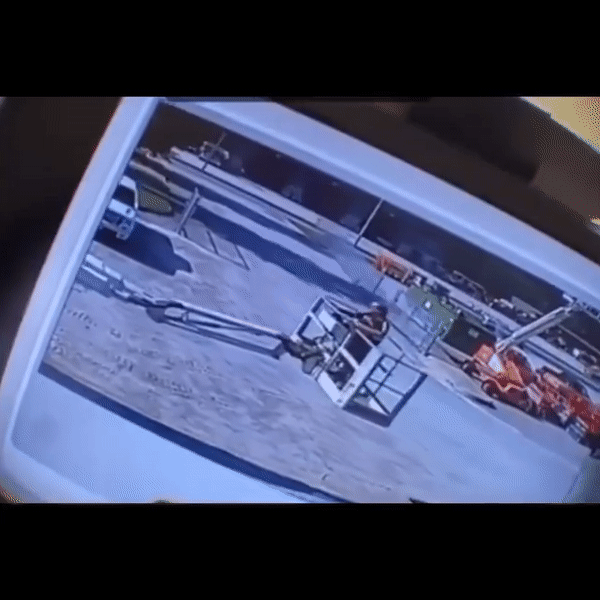
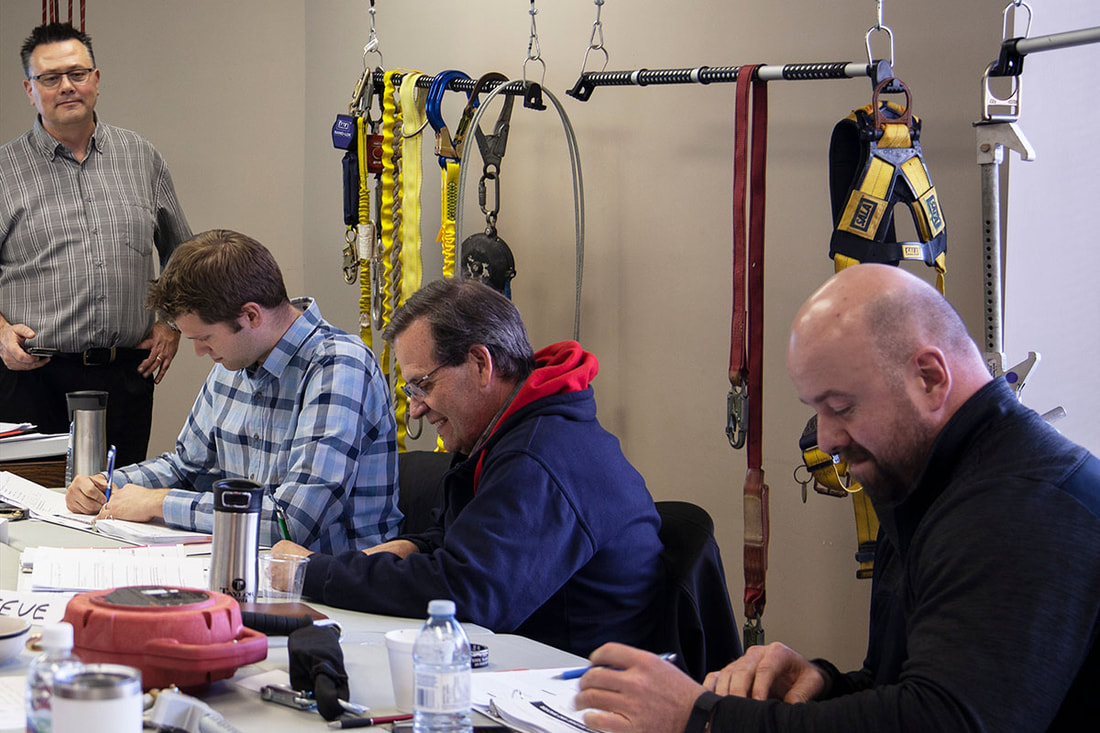
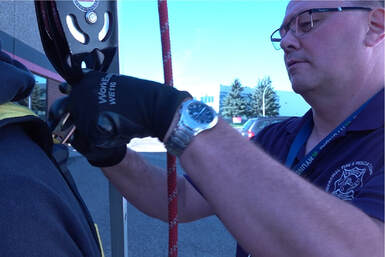
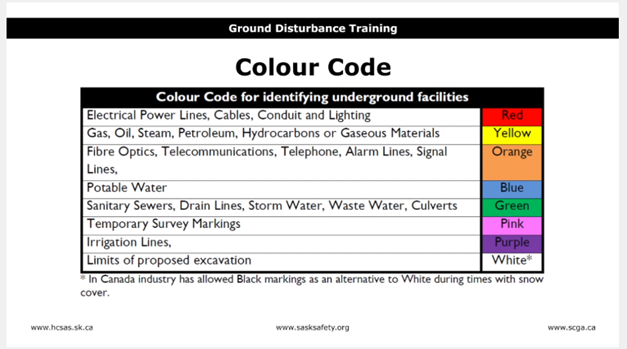
 RSS Feed
RSS Feed
